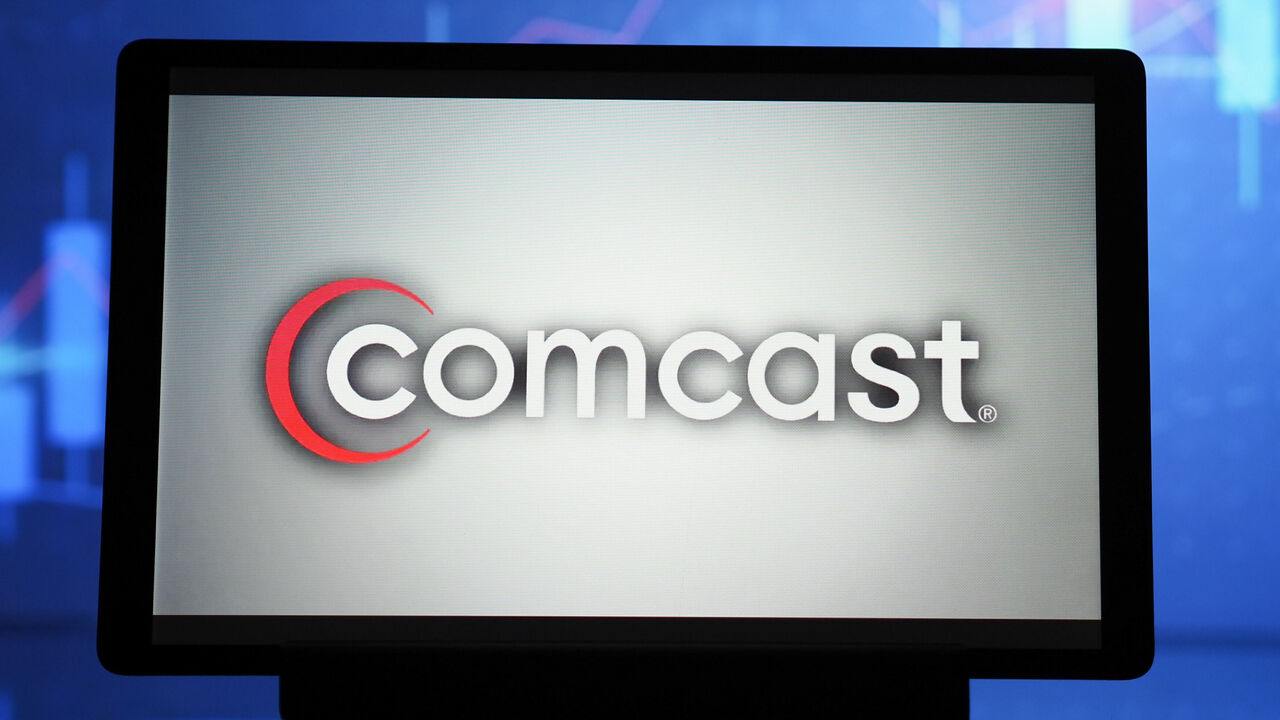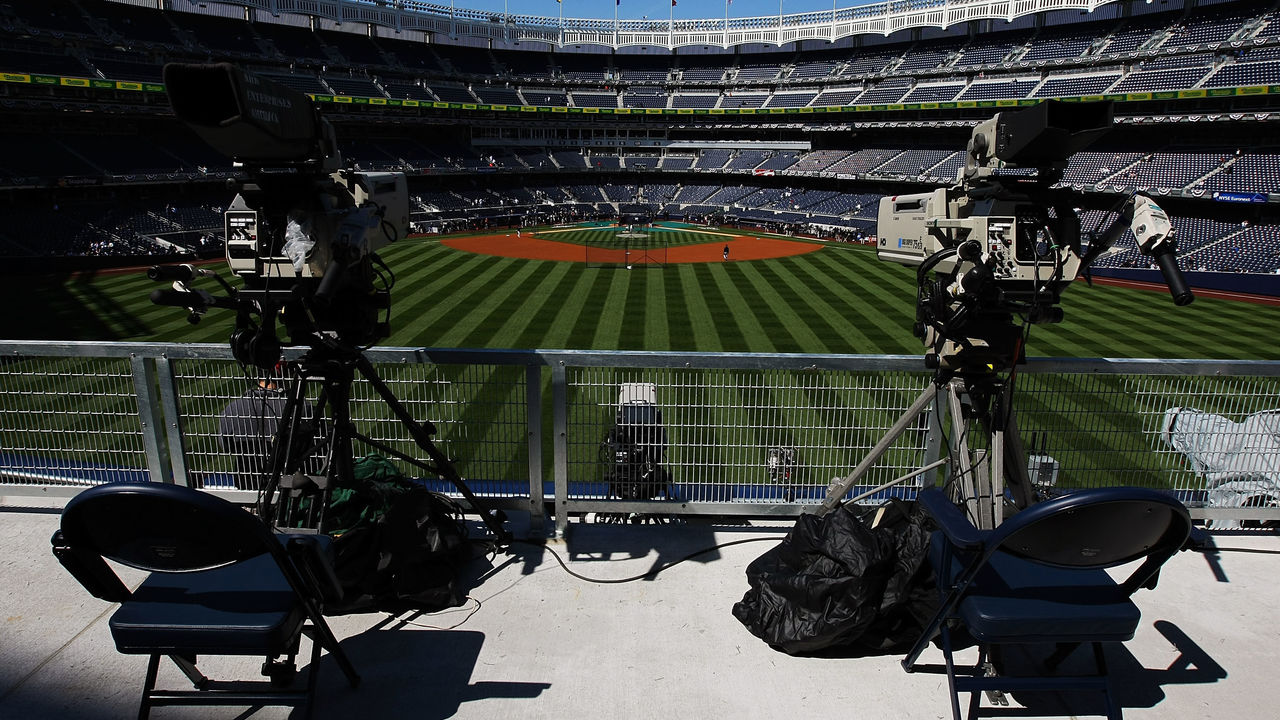Comcast-Bally Sports breakup is another blow for dying TV ecosystem
If you're a Major League Baseball fan and watch your favorite team through a Comcast cable subscription, there's a good chance you awoke to an unpleasant new reality Wednesday.
"Bally Sports is no longer available."
This isn't just an MLB problem. Unless a new deal is struck, many fans of NBA and NHL teams who watch via Comcast are affected, as well. USA Today reported that Tuesday's Vancouver Canucks-Nashville Predators telecast on Bally Sports South was removed by Comcast at midnight ET, in the middle of the broadcast.
The news of Comcast's and Diamond Sports Group's split is a new development in the accelerating future of live sports on TV. Cord-cutting has removed revenues from a once-flush industry. Now, having a cord - Comcast's cord - doesn't even guarantee access.
Downstream, the cable disruption is affecting pro sports, too. Deals between teams and regional sports networks (RSNs) account for about a quarter of all MLB revenue.
Reports indicate the failure of negotiations between Diamond, which filed for bankruptcy more than a year ago, and Comcast is about Comcast's desire to move all Bally Sports channels to a more expensive and exclusive programming tier. Diamond wants to keep Bally Sports on the basic tier. Their most recent agreement expired Tuesday night.

To date, it's mostly been streaming players like YouTube TV and Hulu that have balked at the RSNs' carriage fees. The streamers have kept their bundles skinnier and cheaper - that's their strategy. But now Comcast, the second-largest traditional cable operator, is shedding the largest RSN player.
"Even the distributors that are seeing success - namely YouTube TV - are doing so without RSNs," said Alex Morris, a media equities analyst with TSOH Investment Research. "There are also ways to access out-of-market packages for most leagues without a linear TV subscription. Fragmentation and competition, in combination with rising costs, have led to an untenable situation."
Traditional cable companies like Comcast have stuck with RSNs in part because local live sports have helped keep the bundle afloat. Even as customer bases have shrunk, live sports ratings remain steady. But as cord-cutters depart, they've passed along the cost of carrying RSNs and other specialty channels to fewer subscribers. Meanwhile, content costs haven't decreased. Those increasing cable bills place more and more pressure on existing customers, even those who love sports.
To stay afloat and try to slow subscriber losses, Comcast is now tossing some of its most precious and heaviest cargo overboard: live, local pro sports.
Meanwhile, YouTube TV is growing and recently surpassed 8 million subscribers. It's on pace to become the largest pay-TV provider by 2026, according to Michael Nathanson of New York media research company MoffattNathanson.
"There is still plenty of live sports without RSNs, and they don't really have any of games that actually matter - playoffs, championships, etc.," Morris said. "So in terms of where to save money on sports, (RSNs) are the clearest target. Also helps that YouTube TV has been the clearest winner of the past few years despite shunning RSN deals."
Comcast's loss of subscribers has proceeded unabated since the end of 2018. With 13.6 million subscribers reported in the first quarter this year, that's a 38% drop in less than six years.
Over the past three years, Comcast's pay-TV subs have declined by ~30% pic.twitter.com/6wku0MhmWI
— Alex Morris (TSOH Investment Research) (@TSOH_Investing) April 25, 2024
Fans of the Minnesota Twins, where Comcast and a Bally Sports RSN intersect, took to social media Wednesday to express displeasure with the Twins' decision to have their games air on Bally Sports. Fans were unable to watch Wednesday afternoon's game against the Chicago White Sox.
Before the season, the Twins, Cleveland Guardians, and Texas Rangers signed one-year deals with Diamond Sports at reduced rates to keep their games on their Bally-branded RSNs for 2024. Diamond had threatened to cut ties completely as it looked to shed costs in bankruptcy court.
Diamond is due back in court June 18 for approval of a reorganization plan that's intended to provide something like short-term life support.

As Diamond entered bankruptcy court last year, MLB officials were bracing for the 11 remaining teams tied to Diamond RSNs to be scrambling to find new distribution methods. That fear was avoided for at least one more year.
Still, a future without Diamond Sports Groups - or perhaps any cable RSN - seems more and more inevitable for MLB, NHL, and NBA clubs.
No single, sustainable model has emerged to replace the lucrative cable bundle. It was the golden goose and it's just about cooked.
The good news for fans is that this may be the end of local blackouts, as rights revert back to clubs. The bad news for players and club owners is finding ways to match today's revenues in that new TV future.
While it's possible Comcast and Diamond work out a new deal, the math is becoming more difficult for each party. It seems possible more traditional cable providers follow Comcast.
At the end of the day, fewer and fewer sports fans will be able to watch local games.
That's bad for fandom.
That's bad for business.
That's an untenable situation.
Travis Sawchik is theScore's senior baseball writer.